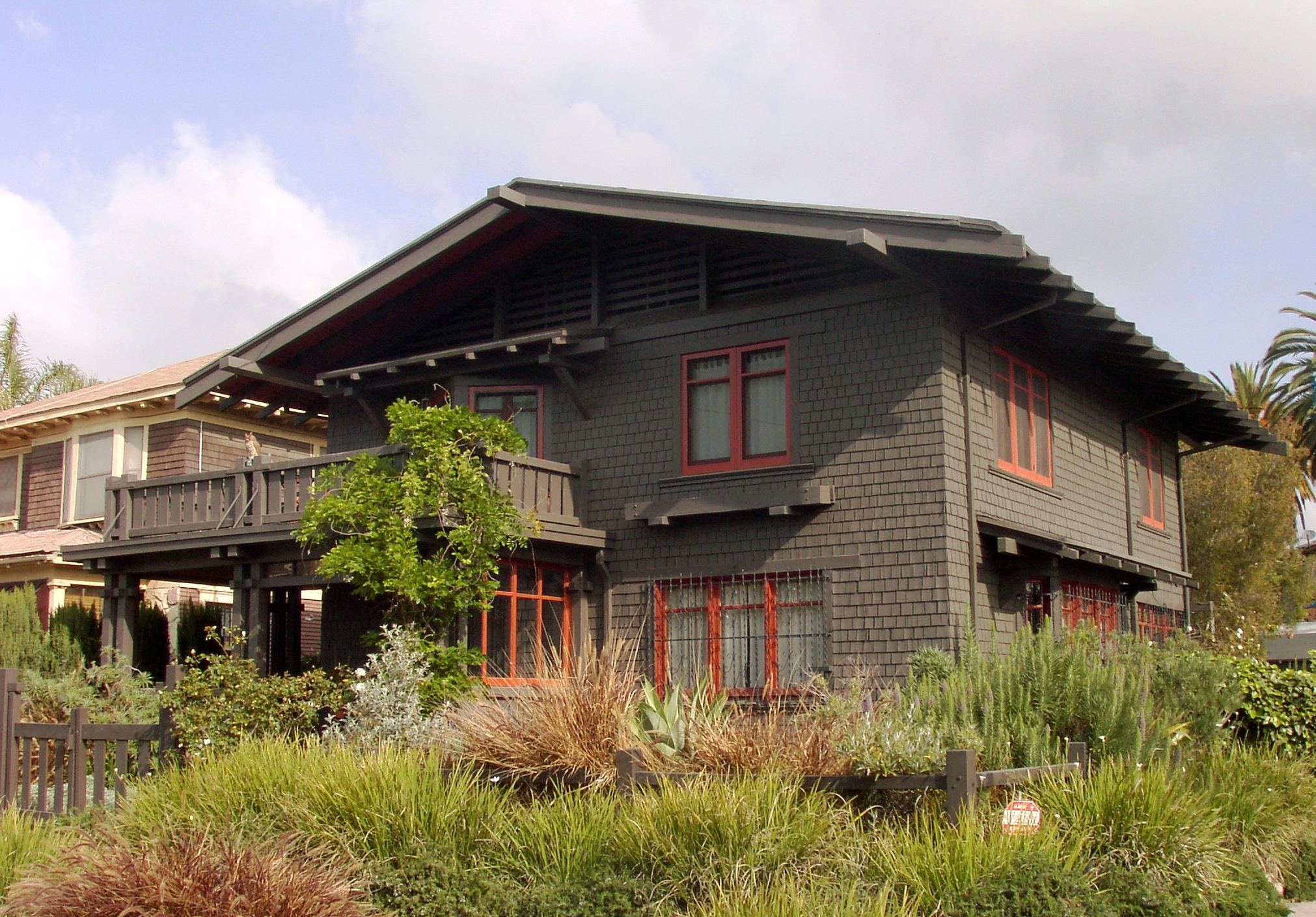
Resource
Conservation Easements
Permanent Protection For Historic Places
Would you like to ensure your historic home or building survives for future generations?
The best way to truly preserve a historic place is through a conservation easement, a legal document that permanently prohibits the demolition or insensitive alteration of a property—even by future owners.
Easements ensure the long-term protection of historic structures, and they can also offer potential tax benefits. You can learn more by viewing our easement properties and reading the overview on this page.
Conservancy Easement Properties
The Conservancy holds easements on many properties, each with its own story and significance. Thanks to the protection provided by easements, these stories can continue to inspire us for years to come.
Learn more about each of the Conservancy’s easement properties on our website.
What is an Easement?
An easement is basically a private or partial legal interest transferred by a property owner to a qualified preservation nonprofit organization (in this case, the Conservancy) or government entity. The owner continues to own the property but transfers the specific set of rights the easement represents to the easement-holding organization.
As the easement-holding organization, the Conservancy is responsible for monitoring the property’s condition, reviewing any proposed changes to the property, and ensuring that any alterations conform to the Secretary of the Interior’s Standards for Rehabilitation (nationally recognized and widely used preservation standards).
Most of the Conservancy’s easements cover only a building’s exterior, but some are much more detailed, depending on the property and the owner’s intent.
Why Choose an Easement?
Many owners of historic landmarks look to conservation easements because they provide even stronger protection than traditional landmark or historic district designation. Many local preservation ordinances — including the one for Los Angeles — allow for only a delay, not denial, in the demolition of a designated landmark. Easements also are not subject to political issues that can threaten designated properties.
While many owners have the best intentions for their historic properties, future owners may not share them. It’s risky to assume that future owners will continue to preserve a historic structure, even if they say they will. Residences, especially from the mid-twentieth-century, can be particularly vulnerable. As original or longtime owners move or pass away, the properties they stewarded for decades could be perceived as dated, in need of too much repair, or simply inferior to the development potential of the lot.
An easement requires both current and future owners to properly maintain the property, and it provides a legal means of enforcement. Because easements are recorded on the title for the property and run in perpetuity, regardless of the owner, they serve as a vital tool to protect historic places for future generations.
Benefits of Easements
Some people donate easements to take advantage of potential economic incentives. If the property is listed in the National Register of Historic Places, the owner may be able to take a charitable contribution deduction from their federal income taxes for the value of the conservation easement if the contribution meets Internal Revenue Service requirements.
The value of an easement for the purpose of a federal tax deduction varies by property, based on an appraisal performed by a qualified appraiser. The property’s development potential can also affect the easement value. Anyone donating an easement should obtain solid tax and legal advice specific to their circumstances.
Process
When the Conservancy accepts an easement, our attorney drafts an easement document for review by the owner and his/her attorney and accountant. This document includes the legal description of the property, identifies the elements of the property that the easement covers, specifies requirements for restoration and maintenance of the property, and documents the property’s existing condition through photographs. The owner and the Conservancy review the draft and make any changes that are mutually agreeable.
After the Conservancy and the owner agree on the terms of the easement, the owner must obtain a professional appraisal to determine the value of the easement. The appraisal process includes estimating the cost of complying with the restoration and maintenance requirements of the easement, which is why the appraisal cannot be completed until the easement is drafted. If there is a mortgage on the property, the lender must also agree to the easement.
Costs
The Conservancy charges an application fee of $250 for single-family residential properties and $500 for multi-family, commercial, and other properties. Additional costs include the appraisal fee, filing fee, and potential expenses related to documentation and easement maintenance.
More Information
The National Trust for Historic Preservation has great information about preservation (conservation) easements on its website.
If you have questions or would like to speak with someone about donating an easement to the Conservancy, don’t hesitate to get in touch with us at advocacy@laconservancy.org.
